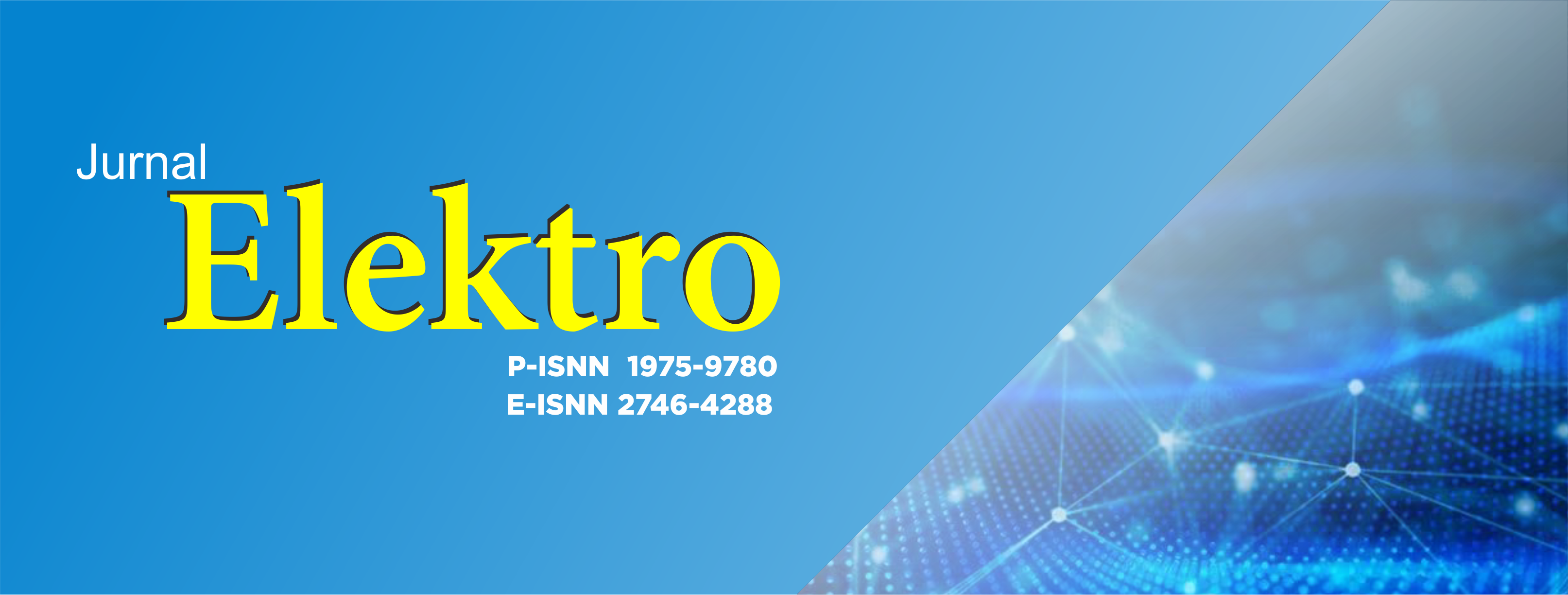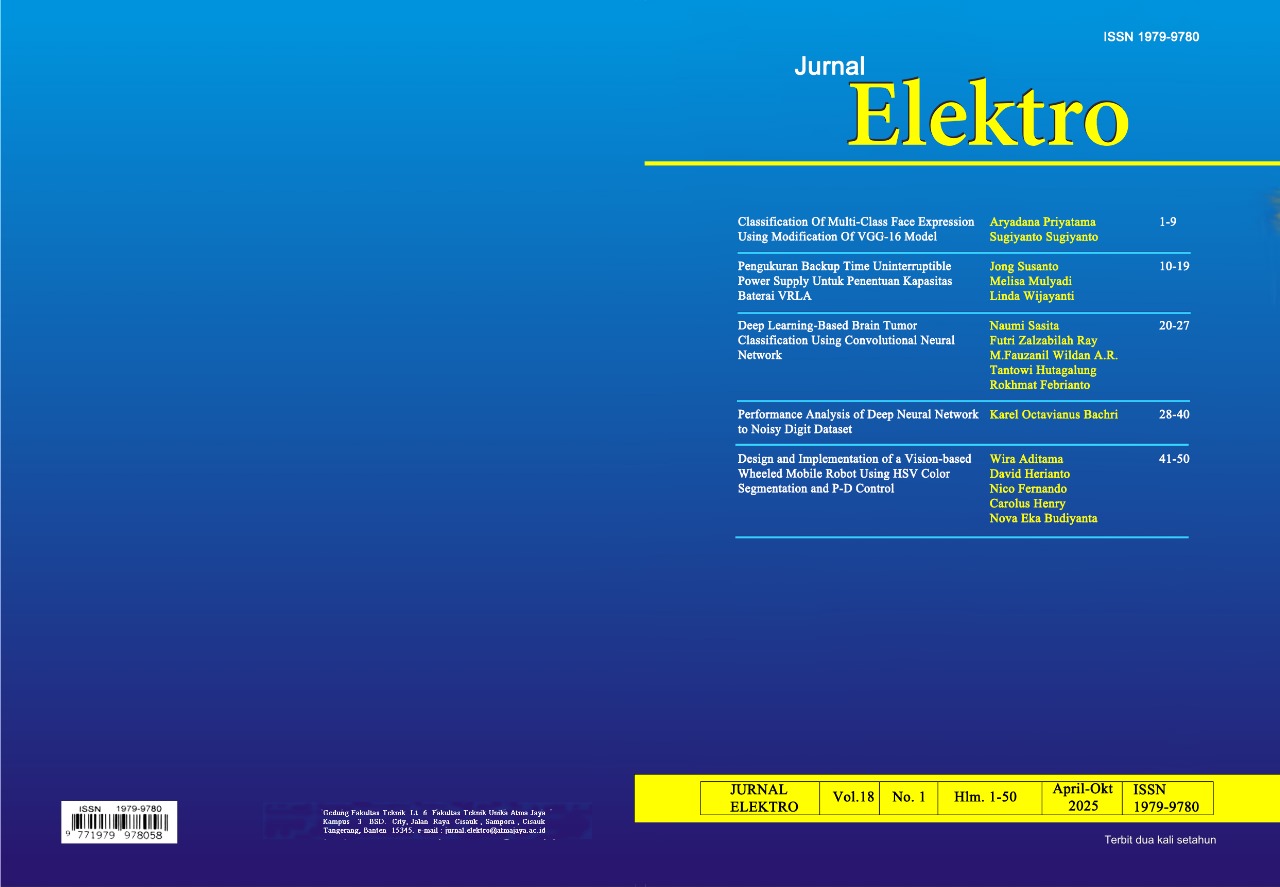Minor Revision to Its Article Submission Template
Dear Authors and Contributors,
We would like to inform you that Jurnal Elektro has made a minor revision to its article submission template. The primary change in this update is the removal of the Indonesian abstract, aligning the submission format with international publication standards.
Key update in the new template:
• The abstract is now required only in English
• No other structural or formatting changes have been made
All authors are required to use the updated template for new manuscript submissions. The revised template can be downloaded from the following link: LINK TEMPLATE
For any questions or further clarification, please do not hesitate to contact the editorial team via email at jurnal.elektro@atmajaya.ac.id.
We appreciate your cooperation and look forward to your continued contributions to Jurnal Elektro.
Best regards,
Editorial Team
Jurnal Elektro







